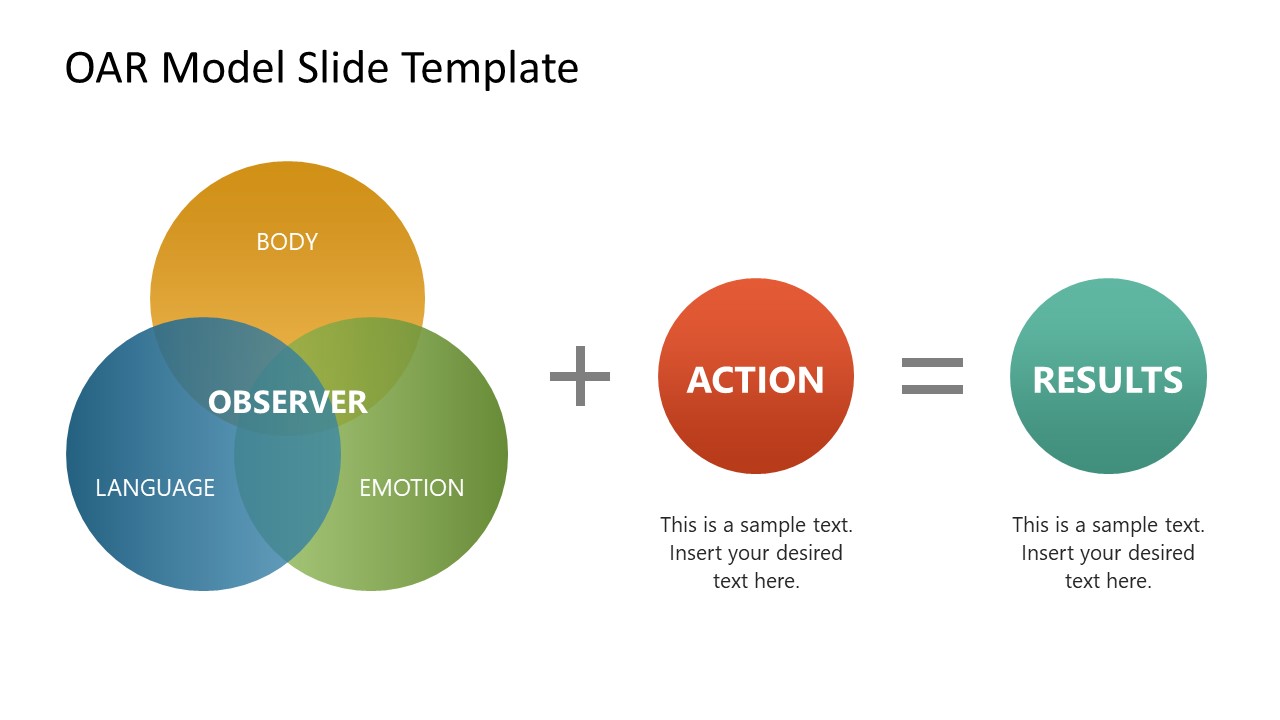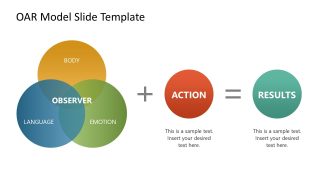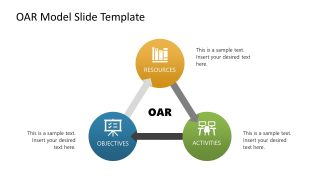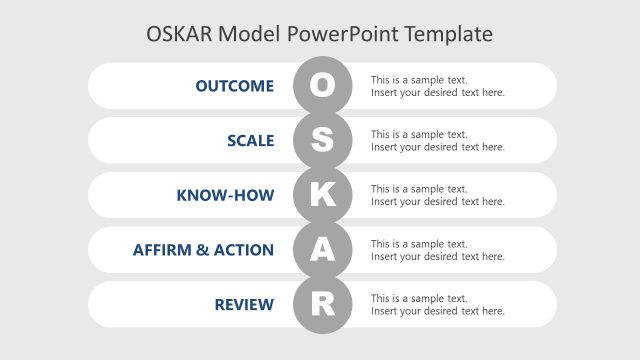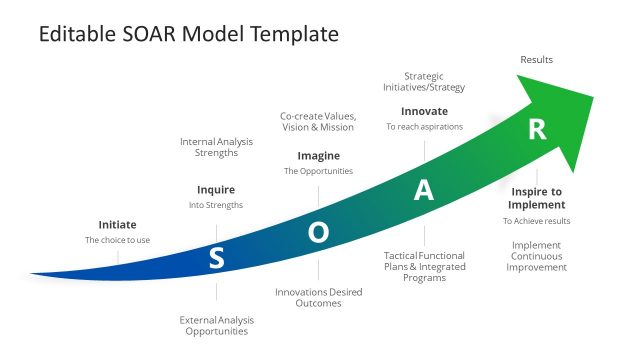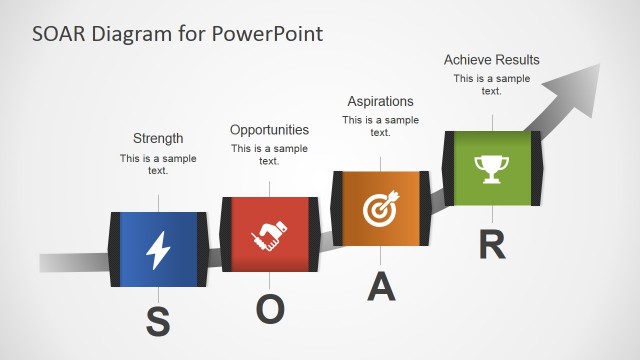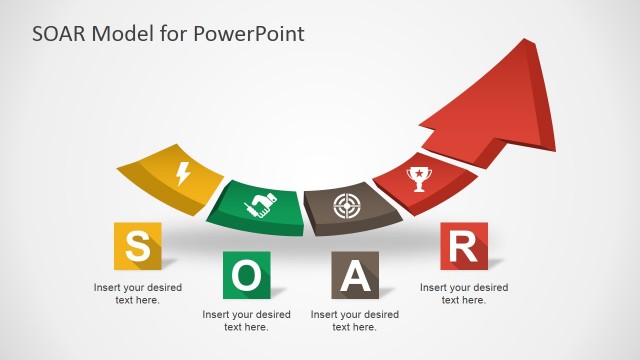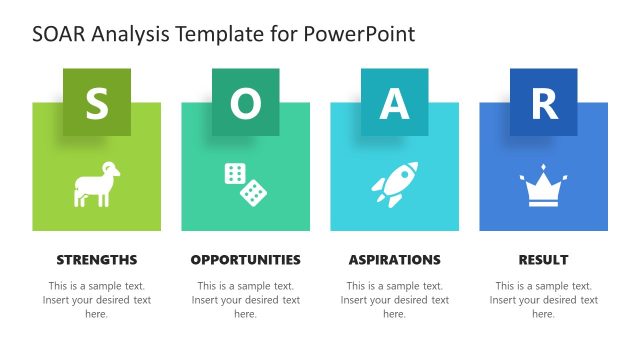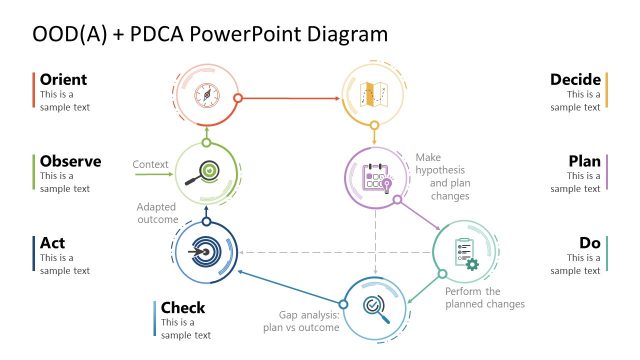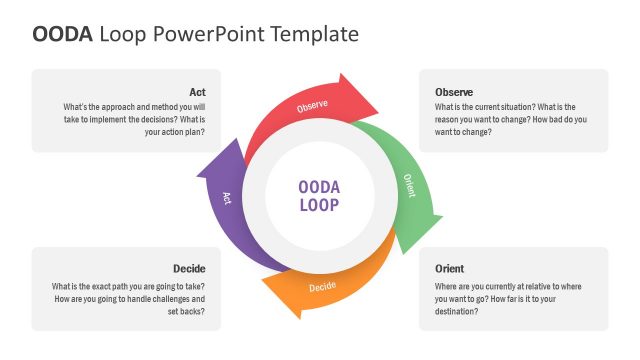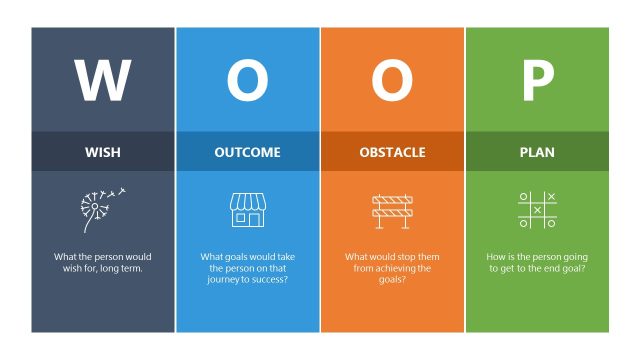OAR Model PowerPoint Template
Discuss the BEL and OAR ontological coaching models using our 100% editable OAR Model PowerPoint Template. Ontology is the branch of metaphysics that deals with the state of being. It involves the study of behaviors and how several factors impact the outcomes of actions we perform. OAR, which stands for Observer, Action, and Result, is a second-order learning model that focuses on the role of the observer that we are. In our lives, we go through many actions that bring negative results. We often commit escape when we keep trying but don’t get the desired results. In second-order learning, the observer in us will look into the mechanism of actions and try to do something better, not something else. For any observer, the three main factors play their role, i.e., body, language, and emotion (BEL). These factors decide how we see, perceive, and understand our surroundings to create better solutions to our problems.
This OAR Model PowerPoint Template is a diagrammatic explanation of these two models. The slide shows a diagram of three concentric circles, each of them representing the BEL factors, as a whole, representing the observer part of the OAR model. Then, there is an addition symbol, following a circular shape representing the action step. After the equal sign, there is another shape indicating the results. In other words, this figure describes that the cumulative effect of the observer and corresponding actions will result in the desired results. The next slide of this template has a triangular shape, with each corner showing one of the three OAR factors in alternate names, i.e., objectives, resources, and activities. This diagram template can explain the application of this model in business instances. So, professionals can discuss this ontological approach in detail using this creative representation of the OAR model. All components are editable, and this presentation template is compatible with PowerPoint, Google Slides, and Keynote. Download and try it now!
